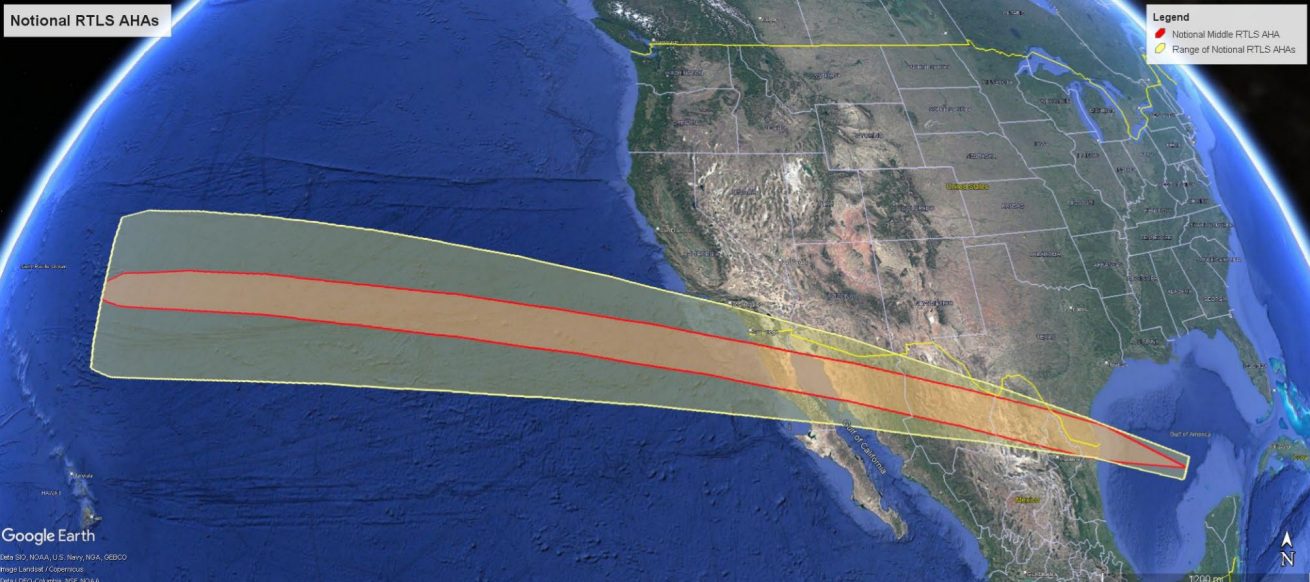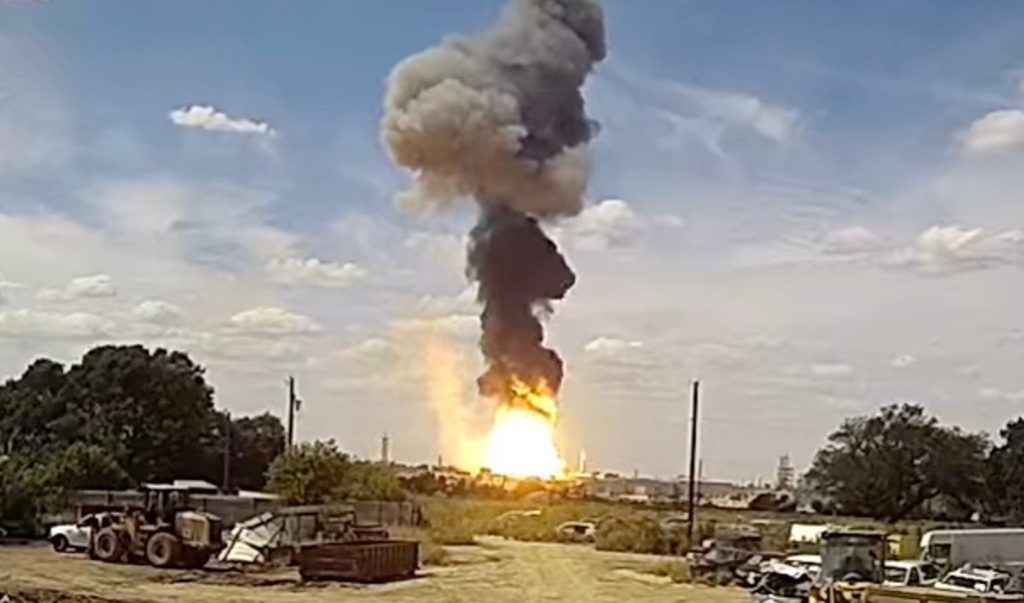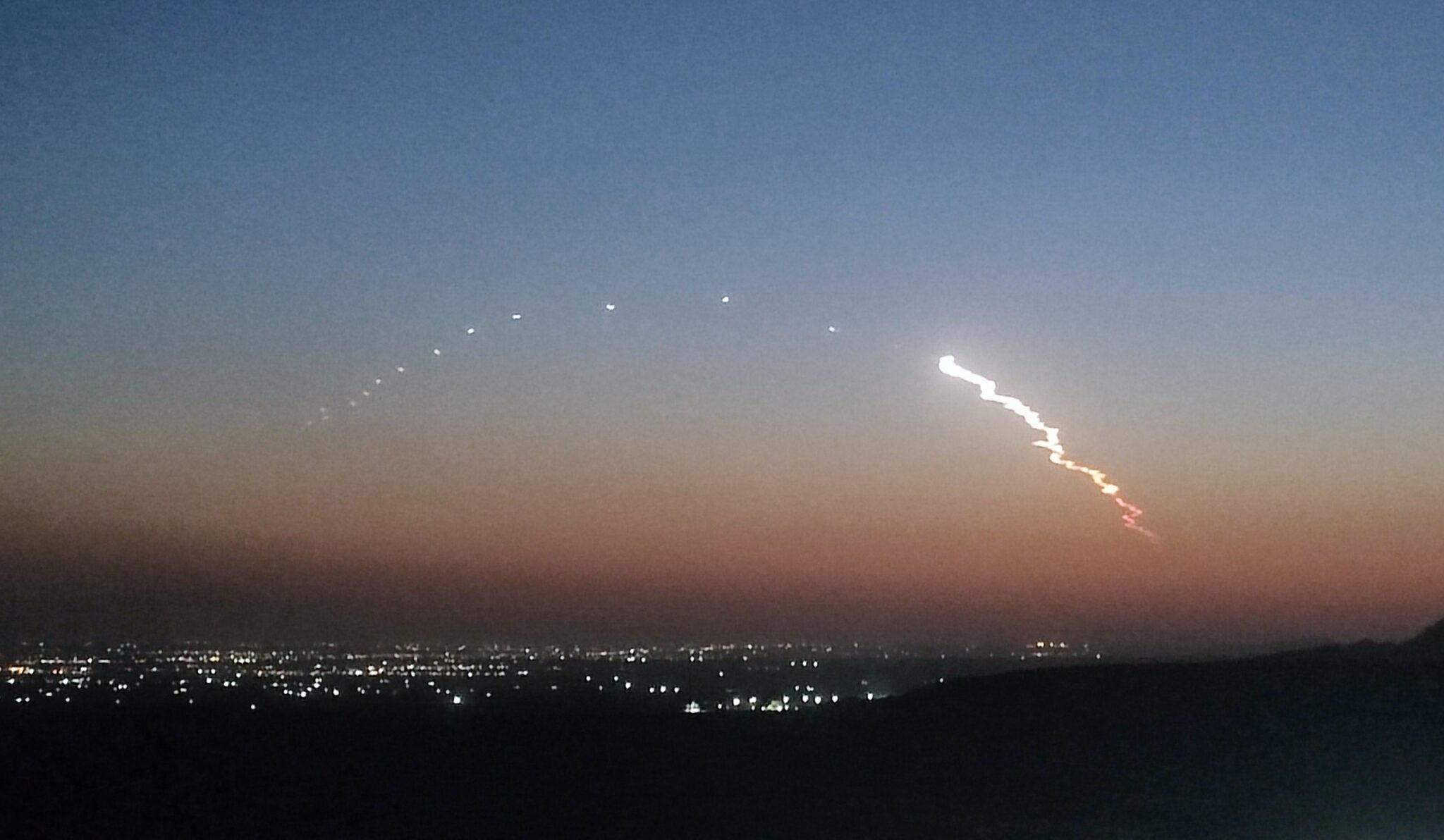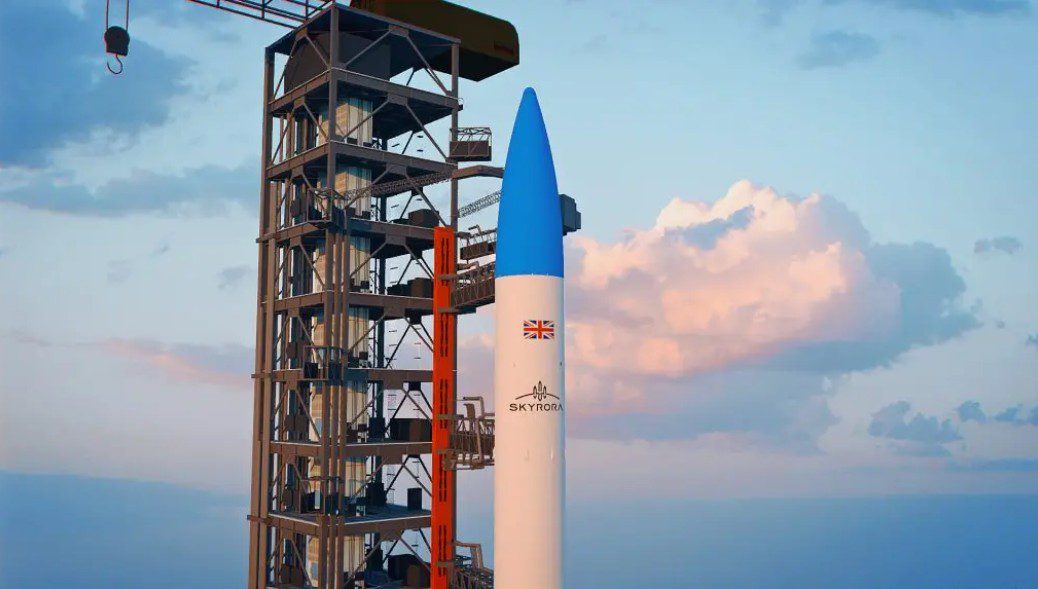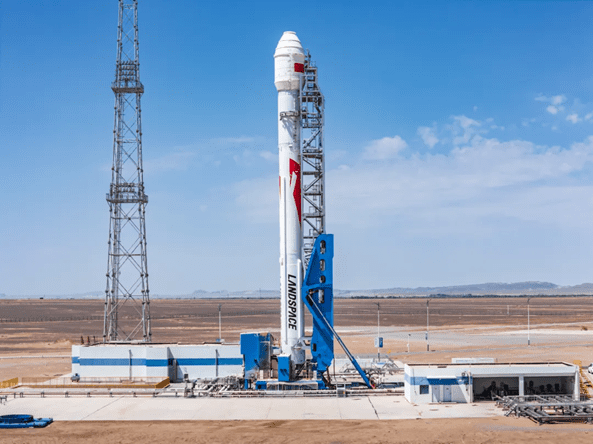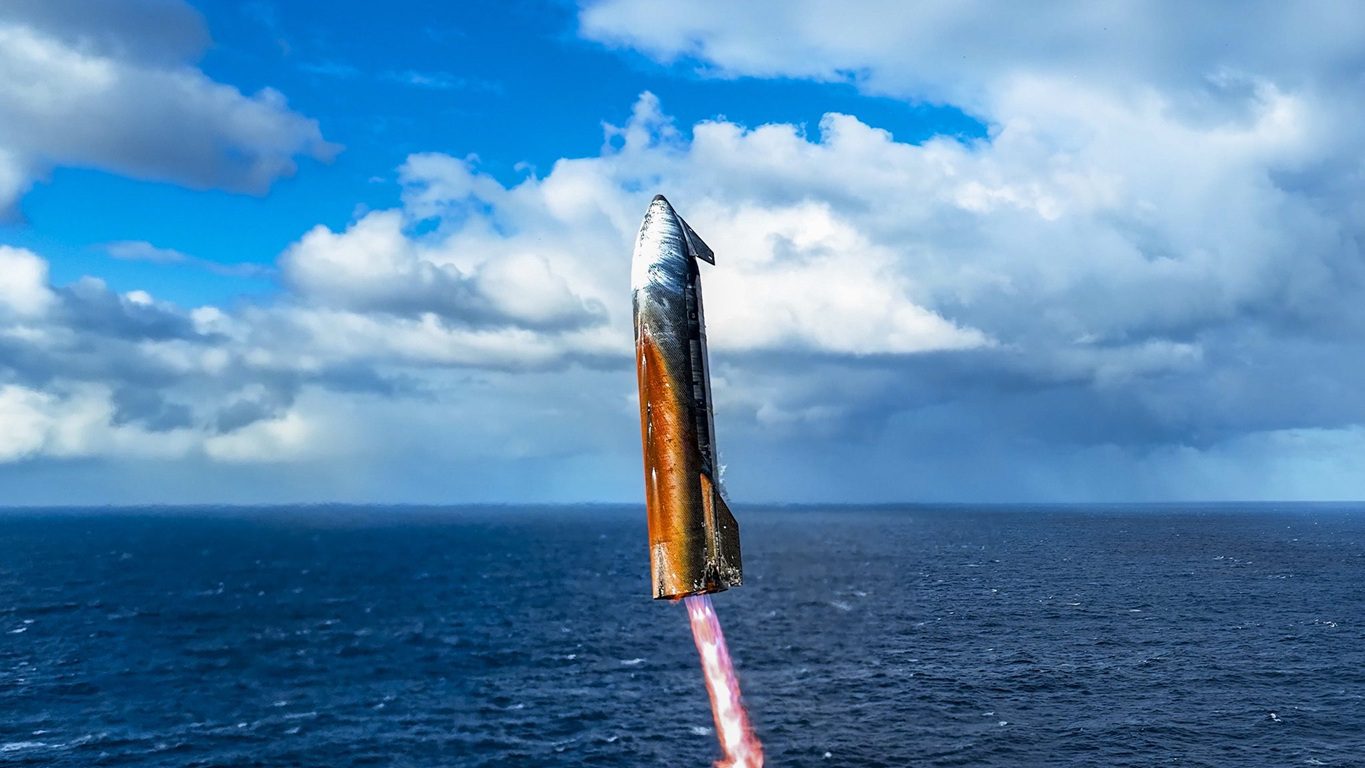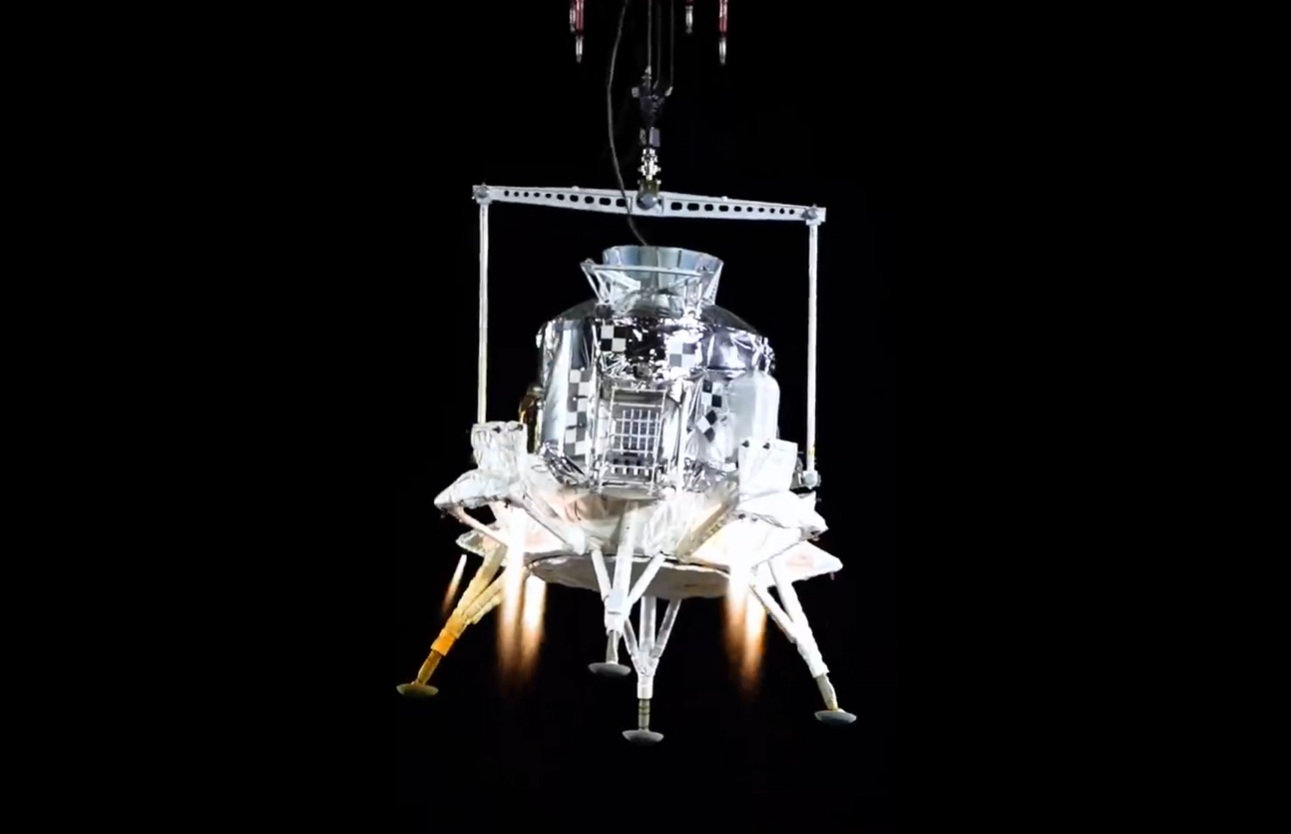Two years ago, the space team at the Ascend consultancy (now part of Flightglobal) did an analysis on which nation was likely to be the first to return men to the moon. In the analysis notional odds were assigned to each which country as a measure of our estimation of which was the most likely to win this “race back to the moon.” The analysis was originally done during the slow news summer period (aka the “silly season”) and published in the month of August 2010 as an interesting fill-in analysis piece. Despite this, Ascend’s space team performed the analysis seriously and we stand by the surprising conclusion that the Isle of Man was the fifth most likely “nation” to be first back to the moon.
Here we revisit this analysis and examine each nation’s progress in this “race” and there are signs that the Isle of Man has improved its chances of being first to get its astronauts and flag on the moon, or rather because other contenders have fallen away.
INTRODUCTION: Big rockets, complex spacecraft, and (lots of) money needed for manned lunar return
Most space faring nations have realised that missions to Mars and asteroids remain distant prospects in terms of cost and practicality and that the Moon represents a much easier-to-achieve exploration starting point.
Nevertheless, finances for all contenders remain tight (even for China) to the point that most of the nations and organisation involved in this race only have budgets allowing them to produce the necessary elements for such a mission in sequence rather than in parallel.
Interestingly, contenders appear to have prioritised these elements differently, working on some parts of a mission before others. For a space faring nation/organisation to land astronauts/cosmonauts/taikonauts/cosmonauts on the moon, five major elements are usually regarded as being needed:
1. A heavy-lift launch vehicle carrying 70 tonnes or more to low Earth orbit (LEO).
2. A manned capsule/service module and transfer stages for passage and return from lunar orbit.
3. A lunar landing/ascent craft to carry one or more astronauts to and from the lunar surface
4. Rendezvous, guidance and docking technology.
5. The political will and financial resources to develop the systems to accomplish this.
Which nation will reach a position to mount the first manned lunar landing return missions remains to be seen. Below is the Flightglobal/Ascend’s updated analysis of each nation’s relative chance expressed in the form of racing odds. Please note that Flightglobal is not bookmaker and does not have a gaming licence and thus cannot actually take bets:
USA: Orion and SLS progress but NASA has no lunar lander or service module
After years of being kept in the operational cul-de-sac of low Earth orbit (LEO) by the Space Shuttle, and with manned lunar exploration fast approaching being lost to living memory (Update: sadly, since this article was first written first moonwalker,Neil Armstrong, has passed away), NASA has decided that it would cede launching of LEO manned spaceflights to the commercial sector, and, instead, become a deep space exploration agency.
The first problem was where to go. While other destination targets had been considered (passing asteroids, Phobos, Mars etc.), NASA’s exploration chief, Bill Gertenmaier, noted in a speech at the Space Ops conference in Stockholm, that the moon is most likely to be the prime target for NASA’s exploration strategy. His reasoning was that there was lack of opportunity to explore passing near Earth asteroids,while the relatively high energy levels adn time constraints needed for Mars/Phobos e or asteroid belt exploration would require more complicated missions.
The political perform deep space exploration actually lies within the US Senate rather than within the White House. It was the Senate that insisted that the Obama administration and NASA commit to building a US heavy lift launch vehicle after detecting obfuscating delays from the Obama Administration. The result was that the Space Launch System (SLS) was selected. This evolvable design will be man rated with initial versions being capable of launching at least a 70 tonne payload into LEO. Later versiosn would be developed to carry payloads of above 130 tonnes with intermediate levels of capability between those.
All versions are to use four 1.86MN (at sea level) liquid hydrogen/liquid oxygen burning RS-25D/E Space Shuttle Main Engines in the main core stage. The final Block II versions may use either advanced lightweight versions of its Solid Rocket Booster design or a new liquid fuel types possibly using derivatives of the 7.8MN Saturn V F-1 engine
Progress on this new launch vehicle is planned to be steady rather than spectacular with the first flight of the vehicle not due until December 2017.
NASA has made progress in other parts of the mission. From the remnants of the cancelled Project Constellation programme,the Orion space capsule survived to become the a key part of the new exploration programme (it is now officially called Multi-purpose Crew Vehicle). Progress has been strong with the core of Orion delivered to the Kennedy Space Center, Florida, in July to allow engineers could fit the heat shield elements to the craft.
While the progress on SLS is steady, and Orion capsule is good, less sure is the supply of a suitable service module. It has been mooted that the European Space Agency might supply this based on a reconfigured ATV cargo craft.
While Orion will fly initially on a Delta IV Heavy shakedown flight, the first mission of an Orion on an SLS flight on the EM-1 flight in December 2017. This will use a Block 1 configuration (5 segment solid rockets and an RL-10 powered upper stage) and will have a 70 tonne LEO payload rocket.
During this flight, an unmanned version of the Orion capsule will re-enter the Earth’s atmosphere at 11km/s after its seven day flight around the moon. In 2021, the first fully crewed Orion lunar flight will take place. This flight called EM-2 will last 10-14 days and will use a J-2X powered upper stage. The number of 1.3MN J-2X engines on this SLS upper stage has yet to be disclosed.
At this point in the discussion the missing element of NASA’s lunar exploration plan becomes evident. While Project Constellation had designs for a manned lunar lander called Altair, to date no new development programme for a manned lunar lander has been started. Low budget technology test programmes continue however, even if they do have the occasional explosive set back as happened to Morpheus lunar lander test vehicle in early August at the Kennedy Space Center.
Better news for NASA is in respect to docking, guidance and lunar orbit rendezvous techniques. NASA’s Apollo pedigree means that the administration is, to date, the only space agency to successfully mount full blown landings of astronauts on the Moon. This expertise still lies within the agency – albeit that many of its originators have either passed away or retired.
Summary: USA remains Favourite with odds of 6-4 (lengthened from Evens in 2010).
USA remains favourite despite not having a suitable lander and an as yet to be developed service module for Orion. In other words they may be first “around the Moon” but not be able to land on it. A lander will take about four years to develop so there is still time and, of course, NASA has its Lunar Excursion Module design experience to fall back on. NASA’s odds have lengthened not because it is underperforming but because there are signs that China and Russia are getting their acts together.
CHINA: Its lunar intentions are known but it needs a lander and heavy lift rocket
China has the political will, and probably the finances to mount a manned lunar landing. In fact, the nation has already declared its intention to land its astronauts on the Moon. China’s space programme already has a lunar capable spacecraft in the form of its Soyuz-derived Shenzhou spacecraft design (the re-entry capsule of Soyuz was designed for return from lunar missions). It is also known that China is working on a lunar lander design.
Meantime, China is gaining experience of orbiting the moon with its Chang’e unmanned orbiter spacecraft series and plans an unmanned lunar landing with its Chang’e 3 lander/rover mission in 2013. China is also rapidly mastering the skill of making rendezvous and dockings with the recent Shenzhou 9 docking with Tiangong 1 as an obvious example. While its manned extravehicular experience has been limited, this is set to increase.
The missing piece in China’s lunar ambitions is that the nation’s space programme needs a heavy lift launch vehicle. The problem is that it may not have a powerful enough engine. Chinese space programme has the 1,157kN YF-100 rocket engine, developed for the boosters of the Long March 5, but it admits that it needs something about five times as powerful.
However, engineers at China Academy of Launch Vehicle Technology (CALT) are working on a new two combustion chamber version of this engine called the YF-650, which is likely to generate 6.4MN of thrust at sea level.
Latest preferred configuration for the Long March 9 (CZ-9) super-heavy lift launch vehicle has an all Lox/kerosene first stage with four of these engines (25.5MN) and four Lox/kerosene single YF-650 powered strap on 3.35m diameter rocket boosters, each with a 6.4MN thrust YF-650. This ‘all LOx/kerosene’ lift off design would allow the benefits of cross feeding of propellants,
With a total initial thrust of 51MN from all eight YF-650s, this is significantly more than circa 32MN lift off thrust that the China Academy of Launch Vehicle Technology (CALT) originally said it needed. In this configuration, the Long March 9 would have the most thrust ever generated at launch, by a launch vehicle beating both the Saturn V (33.85MN) and even that of the 50MN thrust of the unsuccessful former Soviet N-1 moon rocket.
Interestingly, the configuration is analogous to a sort of super-Saturn V design that many rocket engineers (including at NASA) were calling for during the SLS design process.
The second stage of the Long March 9 prefered configuration would be all cryogenic using Lox/liquid hydrogen for propellants and would use two YF-220 2.15MN engines. The payload to LEO is estimated to be circa 130 tonnes. Analysts predict that such a launch vehicle will be able to launch Apollo style exploration missions using a single launch vehicle.
The Long March 9 (CZ-9) would probably fly from a launch site on Hainan Island.The Long March 9 (CZ-9) would probably fly from a launch site on Hainan Island.
Alternative configurations are still being considered including an SLS style vehicle using solid rocket boosters (albeit four of them) attached to a YF-220 LOx/Liquid Hydrogen four engine core with a YF-200 powered upper stage Presumably, this configuration has also been considered with LOx/Kerosene liquid fuel boosters as well.
Summary: China is joint second favourite with odds of 5-2 (promoted from being 5-1 third favourite in 2010). There has been progress in all areas involving rendezvous techniques, docking and spacewalks and it has strong political will and financial resources. However, China is doing things at its own steady pace and does not seem to think that it is in any kind of race. The development of a new two chamber YF-650 rocket engine will decide progress.
Any Chinese lunar landings will probably be “less capable” Apollo-style two crew landings/three crew overall and using just one launch vehicle, rather than the more ambitious three crew landings/four crew overall missions of other nations which need two launches. Nevertheless, China may get there first even if this is not an official aim.
RUSSIA: Signs show it is working on a lander as Roscosmos ponders a heavy lifter
Mixed signals are coming out of Russia’s Space Agency Roscosmos. Russia has experience with mounting lunar rover and sample return missions, and of course, has decades of docking experience. Russia, in cooperation with India, is planning the landing of a small four-wheeled rover on to the surface of the Earth’s celestial neighbour during the Luna-Resource/ Chandrayaan-2 mission set to launch in 2014.
With respect to manned landings, the head of the Central Research Institute of Machine Building Gennady Raikunov has noted that the work on a new manned lunar lander had already started. Meanwhile, the Head of Lavochkin Scientific and Production Corp. Victor Khartov openly called for a Lunar landing programme.
Officially, however, no lunar missions will be attempted until 2018 at the earliest. Russia, of course did design the one-man LK lunar lander in the 1960s space race, but it never flew,
Russia is designing a new four-man New Generation Crew Transportation Vehicle, dubbed by commentators as “Orionski” after its similarity to the US Orion manned spacecraft, to replace Soyuz. . Its unmanned first flight is set to take place 2015 will be on a Zenit rocket. Later manned flights of the complete spacecraft would use a version of Russia’s Angara rocket. These lights are likely to occur in 2018.
While Russia will thus have a manned capsule and service module and will potentially have a lunar landing and ascent craft, it is lacking a heavy lift launch capability. It has been noted by Roscosmos that it will probably eventually need a heavy lift launch vehicle with at least a 70 tonne LEO launch capability, mimicking the US Senate’s requirements for SLS. However, the head of Russia’s space agency, Roscosmos, Vladimir Popovkin, noted that Russia would only build one “when we need it.”
Nevertheless shortly afterwards Roscosmos announced a tender for heavy lift launch vehicle draft designs to be submitted by the end of March 2013. it has been stated that such a launch vehicle would be launched from Vostochny Cosmodrome in the Amur Region not before 2018.
Russia did build the unsuccessful N-1 moon rocket (its failures were the cause of Russia losing the original moon race). Nevertheless, Russia and Ukraine do have the most recent world experience in building working heavy lift vehicle. The 100 tonne payload-class Energia-Buran launch vehicle system of the 1980s was used to launch the Buran space shuttle as well as the Polyus space laser defence payload. And it is with this experience in mind that the President and General Designer of Space design firm Energia, Vitaly Lopota, made his bid by proposing the building a heavy lift launch vehicle as part of a “joint project” with other former Soviet states including Ukraine The name for their proposed super-heavy carrier rocket would be “Commonwealth”.
This Commonweath rocket would however, not use the LOx/liquid Hydrogen core like the Energia-Buran or NASA’s SLS, but instead use LOX/Kerosene rocket engines for the first stage and boosters with a LOx/Liquid Hydrogen second stage. The rocket would however use a derivative of the Zenit launch vehicle 7.8MN thrust RD-171 rocket engines for its boosters.
Other configurations for Russia’s heavy lift rockt may also be proposed. Interestingly, before it broke up, Soviet Union had been examining using an eight strap-on configuration of the Energia rocket called Vulcain which would have had an LEO payload capacity of 175-200 tonnes.
While Roscosmos is not completely showing its hand, some Western space tourism firms are intent on using current Russian Soyuz hardware combined with Proton launch vehicles to make lunar flyby flights. While very cramped, Soyuz can perform such missions. Whether this comes to fruition remains to be seen.
At the Farnborough Air Show, Vladimir Popovkin was cautious that such firms could raise the funds for such a mission even if they were charging $100 million per seat. Nevertheless Popovkin remains in favour of close working relationships with private industry citing that he had had discussions with Space Exploration Technologies (SpaceX) about the future of manned exploration.
Summary: Russia is joint second favourite and its odds are now 5-2 (cut from 3-1). Russia may be the dark horse of the race with the Putin/Medvedev administration wanting to restore the nation to space greatness. If it does quickly build a “super-heavy-lift” rocket (Russia does have a record of starting rocket projects and then not finishing them) along with a suitable lunar lander then this could make them favourites.
ISLE OF MAN: Becomes unlikely fourth favourite with “slow boat to Moon” plan
The Isle of Man, at first sight, seems a strange and unlikely contender – it being a small and relatively unpopulated small crown dependency of the United Kingdom. Nevertheless, due to its low tax regime and due to its special encouragement of space industry, it has grown its own impressive space capabilities covering space insurance, satellite operations and space manufacturing.
However, it is its Excalibur Almaz firm based on the island that gives the Isle of Man its best chance to getting men to the Moon. This firm plans to use ex-Soviet Almaz/TKS hardware including two former space stations, and converting them into a kind of trans-lunar “space-liner” using low thrust but highly efficient electrical propulsion to traverse from low Earth orbit to the Moon. This does away with the need to develop a super-heavy lift launch vehicle – a currently available Russian Proton will suffice. Each spaceliner would have its own re-entry capsule craft for return to Earth.
While at first sight sensible, the plan does present other problems including crew having to have space radiation protection while the craft slowly spirals through Earth’s Van Allen belts.
This could be just the start. At a recent space tourism conference at the Royal Aeronautical Society in London, Excalibur Almaz revealed that it has considered making lunar landings using a specially designed lunar lander but that this was something for the future and no formal approaches have been made to design firms. Financing will remain the limiting factor for this imaginative bid.
As it is, the Isle of Man may be getting its own lunar landing experience of its own via the Odessey Moon enterprise which is attempting to land an unmanned rover on the surface as part of its attempt to win the Google Lunar X-prize.
Summary: Isle of Man rises to fourth favourite and its odds are 20-1 (cut from 50-1 and up from being fifth favourite in 2010). The plan is feasible if it can get funding for Proton launches etc. The firm has a genuine chance of making first “round the Moon” trip if it can raise the cash. Landings may follow if a suitable lander is built. The bid even has NASA’s technical if not financial backing. Is the Isle of Man trying to emulate the space-race-winning “Duchy of Grand Fenwick” in Richard Lester’s 1963 comedy film The Mouse on the Moon? We hope so.
INDIA: Manned space bid may come to nothing while lunar flight is decades away
While India and its Indian Space Resource Organisation (ISRO) still has plans for a manned space capsule, and is involved in the joint unmanned Luna-Resource/Chandrayaan 2 lunar lander/rover mission with Russia in 2014, manned lunar space exploration probably still remains decades away.
The Indian government’s glamorous space plans remain under fire both internally and externally for considering having a manned space programme given that its transport, power and sewerage infrastructure remains in desperate need of funding.
As it is there are now doubts about whether India has the technical elements to mount even a basic manned space mission. For example, while the GSLV-3 launcher, with which ISRO plans to make manned missions, has yet to fly, its GSLV forerunners have a very poor reliability record.
If it unmanned lunar collaboration with Russia goes well, India may yet elect to become part of Russia’s lunar exploration programme rather than going it alone. At one point Boeing seemed to be offering human spaceflight expertise to India. Either way, its lunar ambitions will probably depend on access to Russian or US expertise.
Summary: India drops to fifth favourite and its odds are 100-1 (out from 33-1)
India’s chance is falling away as it lacks many of the key elements for such a mission. Nevertheless a basic manned mission into orbit may be achieved.
REST OF THE FIELD: We will believe it when we see it
While Japan remains keen on space exploration, its space agency JAXA has no manned exploration experience save for flying its hardware to the International Space Station and having its astronauts carried there by third parties. Nevertheless, Japan does have a plan to have its own manned capsule as a development of its HTV cargo craft. Whether this could ever be put to lunar use remains to be seen (Japan is a new entrant at 150-1).
The European Space Agency remains in a similar position in being a participant of the International Space Station but with no manned launch capability. It may become part of NASA’s programme via using the ATV as a service module for Orion. The ESA supported UK’s Skylon cheap to operate space plane proposal might make mounting cheaper lunar landing transfer and landing flights (and even Mars flights) much more feasible but that is for the long term (odds for UK/Europe – now conjoined – stays at 300-1 but this may be an interesting long shot).
Odds for smaller nations such as Iran and South Korea with mooted orbital manned space programmes are still rated as 1000-1 rank outsiders.


